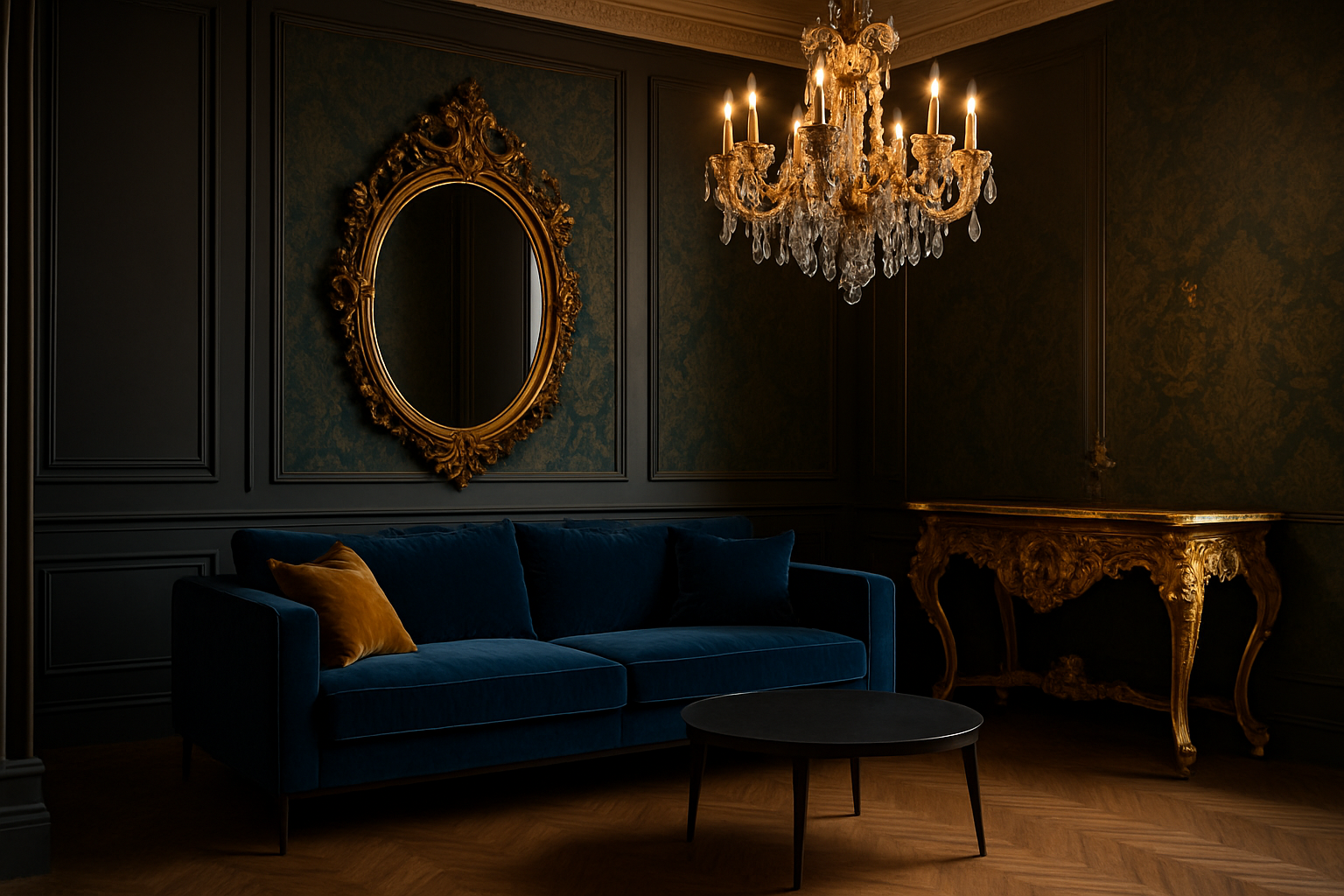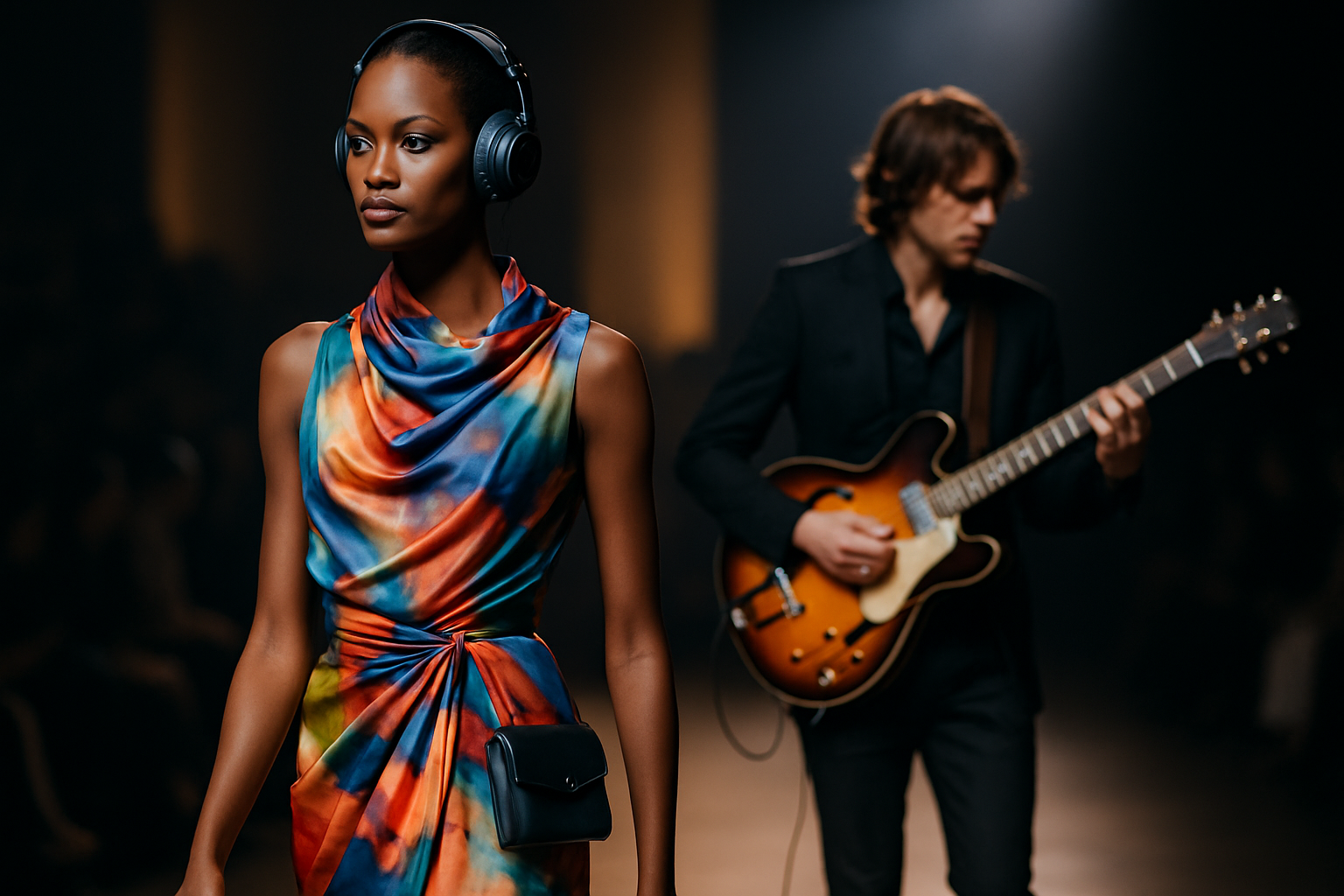Bringing Baroque Grandeur to Modern Interiors
In the world of interior design, trends often cycle through time, reinventing themselves for contemporary tastes. One such resurgence that's capturing the imagination of homeowners and designers alike is the opulent allure of Baroque-inspired decor. This lavish style, once reserved for palaces and grand estates, is finding new life in today's homes, offering a bold counterpoint to the minimalist aesthetics that have dominated recent years.

The Essence of Baroque: A Brief History
Baroque style emerged in the late 16th century in Italy, spreading throughout Europe and beyond. Characterized by its dramatic flair, rich ornamentation, and theatrical use of light and shadow, Baroque architecture and design were intended to awe and inspire. Palaces, churches, and noble residences became canvases for intricate frescoes, gilded sculptures, and ornate furnishings.
The hallmarks of Baroque design include curved lines, elaborate patterns, and a sense of movement and drama. Materials like marble, gold leaf, and rich fabrics were used abundantly, creating spaces that exuded luxury and power. While the original Baroque period ended in the mid-18th century, its influence has persisted, experiencing periodic revivals and reinterpretations.
Modern Baroque: Redefining Luxury for Today’s Homes
Today’s interpretation of Baroque isn’t about recreating the overwhelming opulence of historical palaces. Instead, it’s about incorporating key elements of the style to add depth, drama, and a touch of luxury to contemporary spaces. The modern Baroque approach balances ornate details with clean lines and neutral backgrounds, creating a look that’s both sophisticated and livable.
Designers are embracing Baroque-inspired pieces as statement elements within otherwise streamlined interiors. This juxtaposition of old and new creates a dynamic tension that can make a space truly unique. The key is in the curation – selecting a few standout pieces that capture the essence of Baroque without cluttering the space.
Focal Points: Making a Baroque Statement
One of the most effective ways to incorporate Baroque elements into a modern home is through carefully chosen focal points. A grand, gilded mirror over a sleek console table, for instance, can transform an entryway. In the living room, a Baroque-style chandelier hanging above a minimalist sofa creates a striking visual contrast.
Furniture pieces offer another opportunity to introduce Baroque flair. A single ornate armchair upholstered in rich velvet can become the centerpiece of a reading nook. In the dining room, consider pairing a set of streamlined modern chairs with an elaborately carved Baroque-inspired table for an unexpected twist on traditional dining setups.
Color and Texture: The Heart of Baroque Design
While original Baroque interiors were often a riot of color and pattern, the modern approach is more restrained. Deep, rich hues like burgundy, emerald green, and midnight blue can evoke the luxurious feel of Baroque without overwhelming the senses. These bold colors work best as accents against a neutral backdrop, allowing the eye to appreciate the details without visual fatigue.
Texture plays a crucial role in bringing Baroque elements to life. Incorporate sumptuous fabrics like velvet, silk, and brocade through upholstery, curtains, or throw pillows. Layering different textures – smooth marble, plush fabrics, and intricately carved wood – adds depth and interest to a space, inviting touch and exploration.
Architectural Details: Adding Baroque Flourishes
For those willing to make more permanent changes, architectural details can infuse a space with Baroque grandeur. Crown molding, ceiling medallions, and ornate plasterwork can transform plain walls and ceilings into works of art. These elements work particularly well in rooms with high ceilings, but even in more modest spaces, carefully chosen details can add a touch of elegance.
Consider adding a feature wall with elaborate wallpaper featuring Baroque-inspired patterns. This can create a stunning backdrop for artwork or serve as a focal point in its own right. For a more subtle approach, paint techniques like trompe l’oeil can mimic the look of ornate plasterwork or frescoes without the permanence or expense.
Accessories and Art: The Finishing Touches
Accessories provide an accessible way to experiment with Baroque style without committing to larger pieces. Ornate picture frames, gilded candlesticks, and decorative boxes with intricate detailing can add touches of Baroque throughout a room. Mirrors are particularly effective, not only for their decorative potential but also for their ability to reflect light and create a sense of space – a key principle of Baroque design.
Art plays a crucial role in tying together a Baroque-inspired interior. Consider large-scale paintings with dramatic subjects or ornate frames. Reproductions of Baroque masterpieces can lend authenticity, while contemporary artworks that reference Baroque themes or techniques offer a modern twist.
Balancing Act: Avoiding Excess
While embracing Baroque elements can create stunning interiors, it’s crucial to maintain balance. The goal is to create a space that feels luxurious and inviting, not overwhelming or cluttered. Here are some tips for incorporating Baroque elements without going overboard:
-
Focus on quality over quantity. A few well-chosen pieces will have more impact than a room filled with ornate objects.
-
Balance ornate elements with clean, modern lines. This contrast creates visual interest and prevents the space from feeling dated.
-
Use lighting strategically to highlight Baroque elements. Well-placed spotlights can draw attention to architectural details or statement pieces.
-
Remember the importance of negative space. Areas of simplicity allow the eye to rest and appreciate the more elaborate elements.
Conclusion: A New Era of Baroque Elegance
The revival of Baroque elements in modern interiors offers an exciting opportunity to create spaces that are both luxurious and deeply personal. By carefully selecting and integrating Baroque-inspired pieces and details, homeowners can add a layer of richness and sophistication to their living spaces without sacrificing comfort or contemporary sensibilities.
This trend towards opulence and drama in interior design reflects a broader shift in how we view our homes – not just as functional spaces, but as personal sanctuaries that reflect our tastes, aspirations, and dreams. As we continue to spend more time at home, the desire to surround ourselves with beauty and craftsmanship has never been stronger.
Embracing Baroque grandeur in modern interiors isn’t about recreating the past; it’s about reimagining it for the present. It’s a celebration of artistry, a nod to history, and a bold statement of personal style. As with any design choice, the key lies in thoughtful curation and a willingness to experiment. The result can be a home that feels both timeless and thoroughly of the moment – a true reflection of the individuals who live there.





